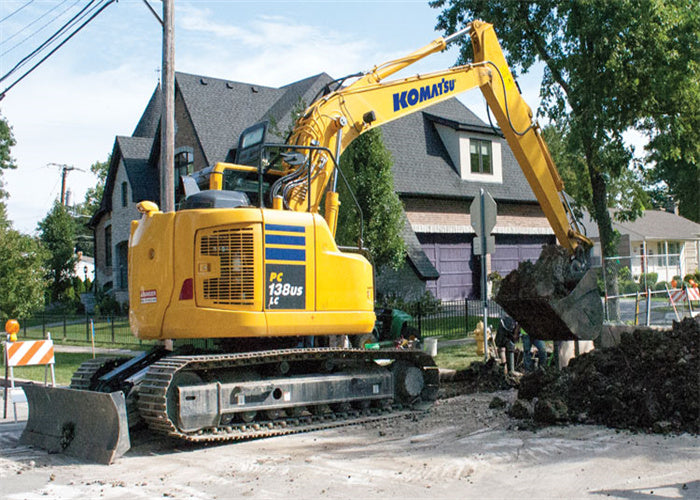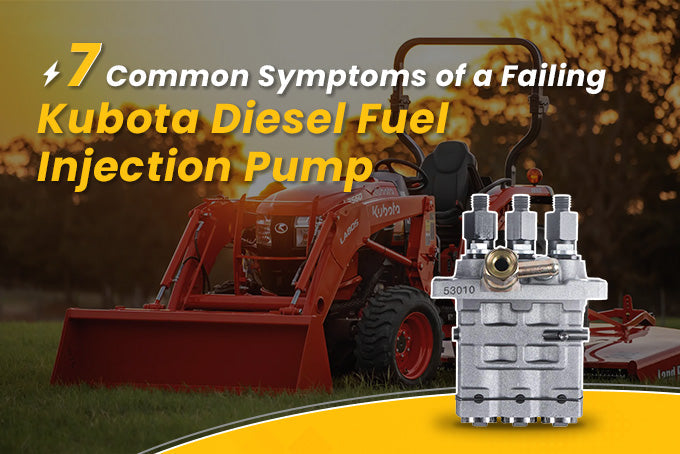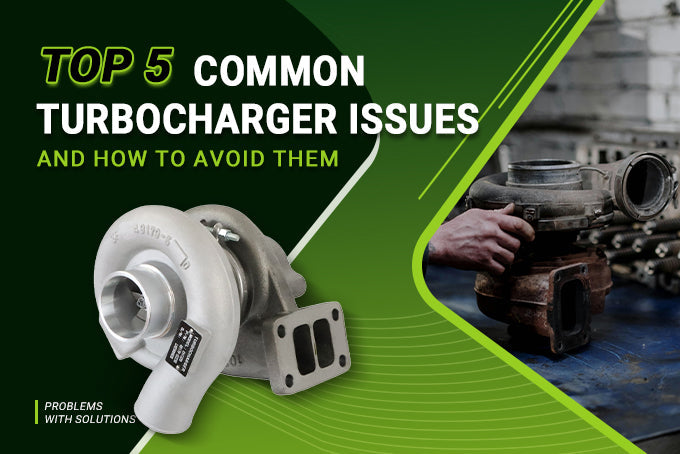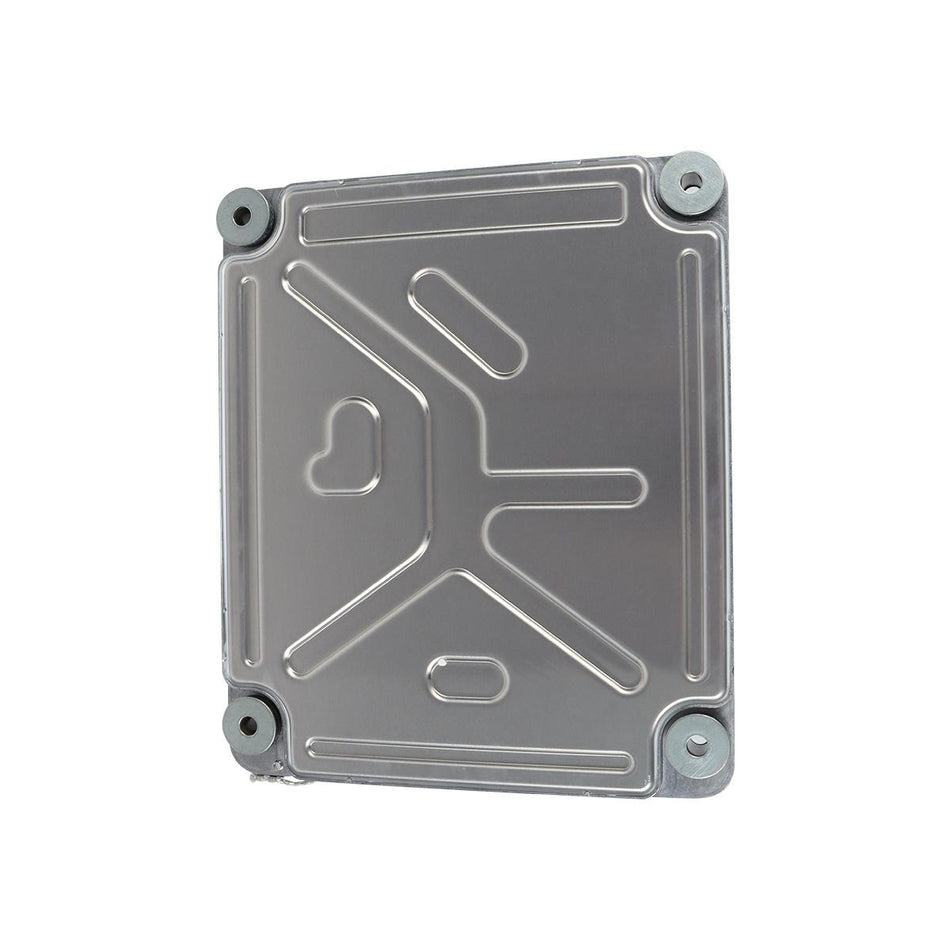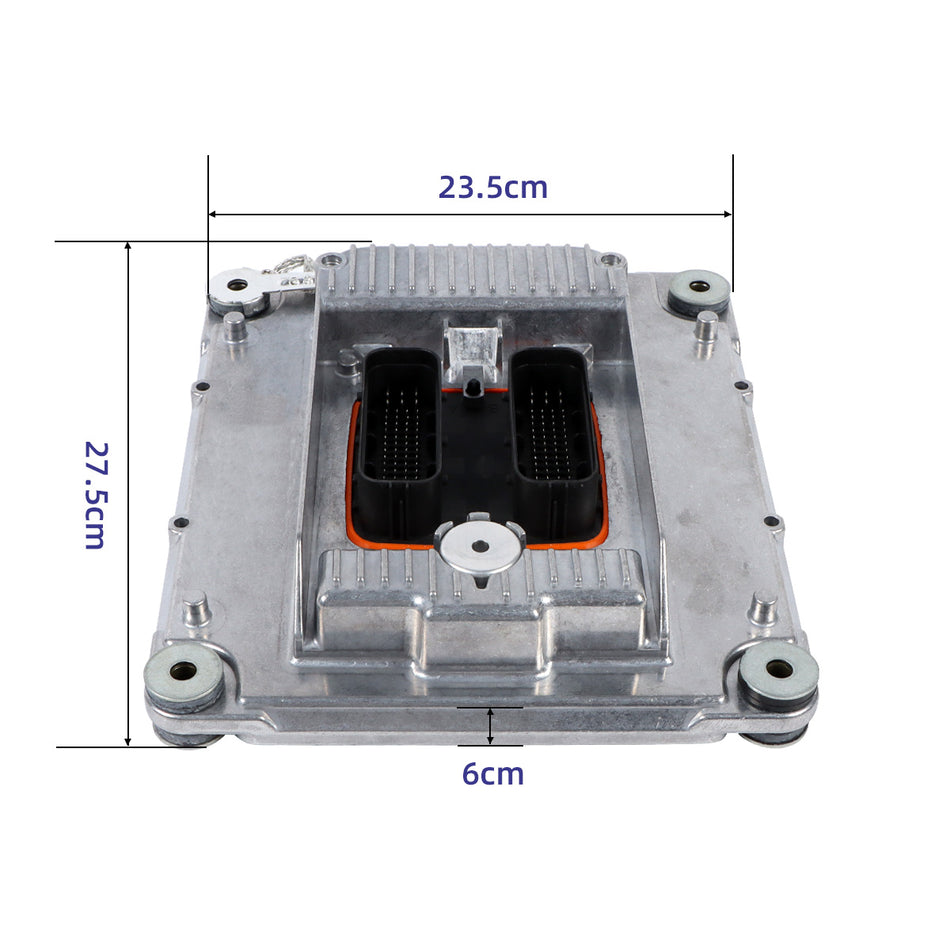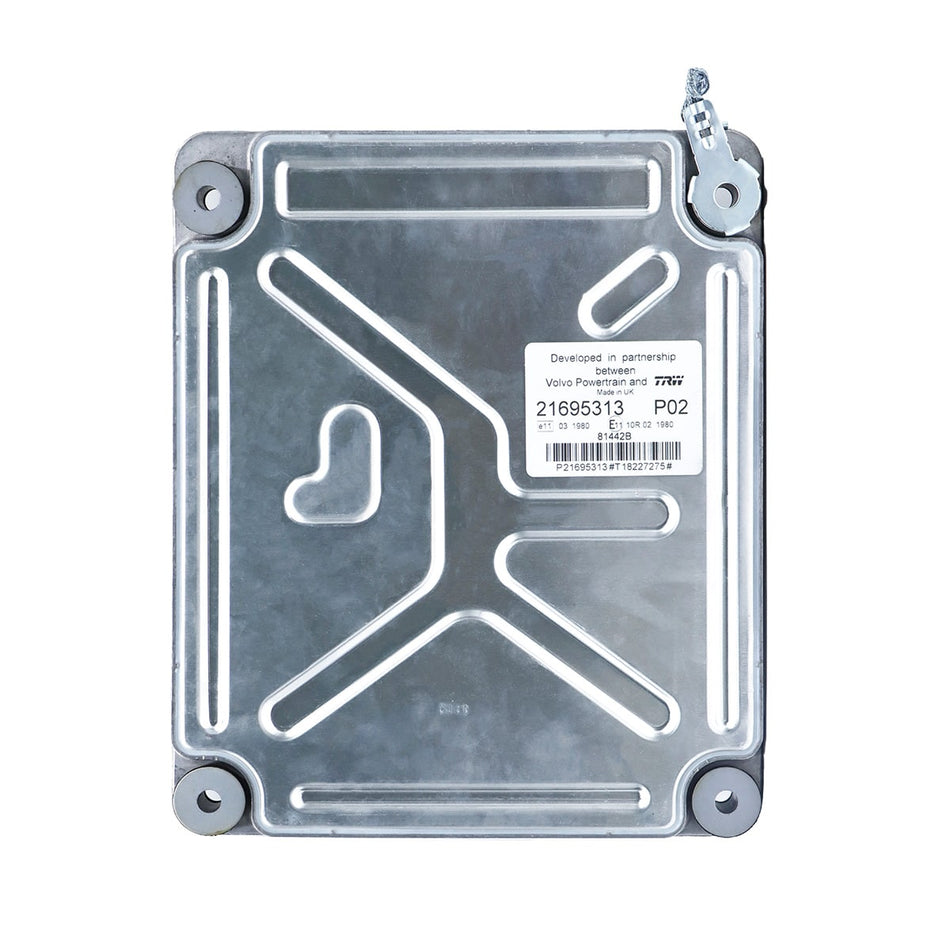The hot summer is approaching, and excavators, like people, are affected by summer heat waves every year. Excessive engine water temperature is a very common failure of excavators in summer, and it is also a problem that makes people scratch their heads. There are many reasons for the high water temperature of the engine, and it is sometimes difficult to find the source of the problem all at once. Today we will talk about the common causes and solutions that cause the engine water temperature to be too high.
Generally, the reasons for excessive engine water temperature can be basically divided into two categories: One is that the engine cooling system is faulty, and this type of problem is the most common. The other is the failure of the engine itself, which causes too much heat generation and the cooling system cannot dissipate heat in time. This type of failure is difficult to troubleshoot.

The first category: failure of the cooling system
1. Check the coolant level first: If the coolant is insufficient, it will directly lead to insufficient heat dissipation capacity, this is the best to investigate and solve.

SINOCMP Rediator for Caterpillar 320C
2.Second, check whether the radiator is blocked: Due to the harsh working environment of the excavator, wind-sand insect flocs can easily block the pores in the radiator fins, resulting in too little air passing through. If you find blockage, you can clean it carefully. Never flush the radiator fins obliquely with intense water flow to avoid knocking the radiator fins crooked.
3. Check the belt of the radiator fan: If the fan belt is not tight enough, or the belt is worn and aged, it will cause the belt to slip. The result is that the fan speed is not enough and the heat dissipation capacity is reduced. Introduce a little trick: If the belt is adjusted to a proper tension and the upper surface of the belt is flush with the outer surface of the pulley or even sinks, you can change the belt.
4. Check the circulation of the water tank: If the coolant you see is very dirty, then 80% of the cooling system is blocked. Generally, you can add two bottles of white vinegar and then fill up with water. Idle for half an hour to release the water, then refill the water cycle and release it again. If the color is still very cloudy, add two more bottles of vinegar and repeat until the water becomes clear. If the situation is serious, the water tank can be disassembled and cleaned at the place where the water tank is professionally repaired and cleaned.
SINOCMP Water Pump
5. Check the water pump: This is relatively simple. Open the water tank cover when the water temperature is low, and then the engine to observe the water fluctuations in the water tank.
6. Check the thermostat: the thermostat is a device that controls the temperature of the engine coolant in a proper range. The little thing that makes people love and hate, because of it in summer, so many excavators suffer, and without it in winter, how many cabs are like ice cellars. Checking the thermostat is relatively simple. Remove it and put it in boiling water, and observe the opening angle. If it is too small, it is a fault. Generally, the thermostat can be temporarily removed.
The second category: abnormal heat of the engine
7. Insufficient engine power and overloaded engine: If the excavator is overloaded, it will cause the engine to generate extra heat, which will bring a great burden to the cooling system.
8. Check engine failures: wrong fuel supply timing, artificially increased fuel injection volume, resulting in poor combustion, failure of intercooler performance, abnormal injection pressure, poor lubrication of the crank and connecting rod mechanism and excessive frictional resistance will cause the machine to issue The heat far beyond its designed heat dissipation capacity causes the heat dissipation system to exceed the maximum working capacity and cause the machine to become hot. This type of failure is difficult for ordinary people to solve, and you need to find a professional engine repairer.

9. Check for air leakage in the engine compartment: damaged and leaking mufflers, exhaust pipes, and turbocharger pipelines, and the high-temperature exhaust gas that leaks, circulates in the engine compartment, which will seriously cause high temperature in the cooling system.
Conclusion:
Engine high temperature is a systematic problem, which is often caused by multiple reasons. In addition to the above-mentioned reasons, there may be many other reasons that cause engine high temperature.
Do you have any good experience in controlling engine overheating? Please leave a message below the article to discuss!


